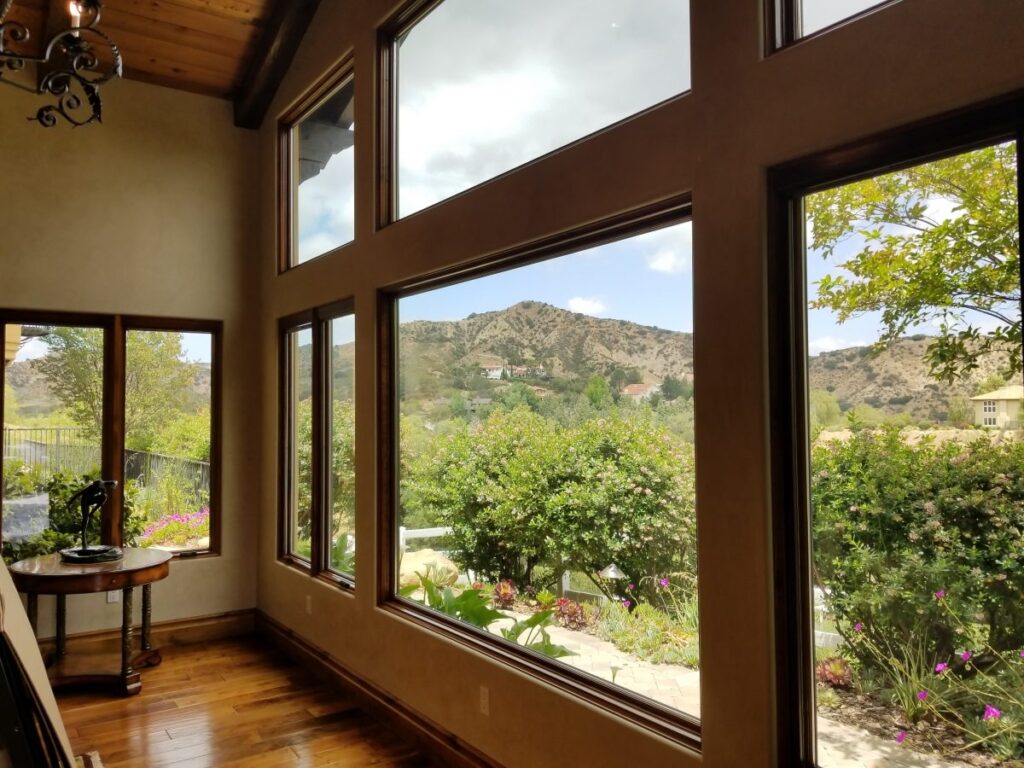
Commercial tinting serves as a critical strategy for enhancing energy efficiency in commercial buildings by mitigating solar heat gain through the application of spectrally selective films with low Solar Heat Gain Coefficient (SHGC) ratings. These films optimize the building’s thermal performance, significantly reducing the load on HVAC systems and resulting in lower energy consumption and utility costs. Beyond energy savings, the reduction in glare promotes a more comfortable and productive work environment. However, understanding the nuances of selecting the appropriate tint for specific building requirements can further amplify these benefits, necessitating a closer examination of best practices and product specifications.
Benefits of Commercial Tinting
Commercial tinting offers a myriad of benefits that significantly enhance the operational efficiency of business premises. By incorporating advanced glazing technologies, commercial window tinting mitigates solar heat gain, thereby optimizing the building’s thermal performance. This results in a substantial reduction in HVAC loads, contributing to lower energy consumption and cost savings.
The integration of spectrally selective films can filter up to 99% of harmful ultraviolet rays, thereby protecting interior assets from fading and deterioration while ensuring occupant comfort.
Furthermore, commercial tinting enhances glare reduction, which is pivotal in maintaining productivity levels in office environments. The application of anti-reflective coatings improves visual comfort by diffusing harsh sunlight, thereby reducing eye strain and enhancing screen visibility for employees.
Additionally, the use of low-emissivity (Low-E) films can further augment indoor climate control, reflecting interior heat during winter months and maintaining a consistent, comfortable environment year-round.
Security is another critical aspect addressed by commercial tinting. Safety films reinforce glass windows, making them more resistant to impact and deterring potential break-ins. This added layer of protection not only safeguards business assets but also ensures the safety of employees and clients, fostering a secure and welcoming atmosphere within the business environment.
Choosing the Right Tint
Selecting the appropriate window tint for a commercial building requires a comprehensive understanding of various factors, including the building’s orientation, climate zone, and specific operational needs. To optimize energy efficiency, facility managers should evaluate the Solar Heat Gain Coefficient (SHGC) and Visible Light Transmission (VLT) ratings of potential tints.
The SHGC measures how well the tint blocks heat from sunlight, crucial for buildings in warmer climates where cooling costs dominate. Conversely, a lower VLT rating ensures reduced glare and enhanced occupant comfort, particularly in south-facing offices.
In colder regions, a tint with a higher SHGC might be preferable to harness passive solar heating, thereby reducing heating costs. Additionally, advanced technologies such as spectrally selective films can be employed. These films allow visible light to pass through while blocking infrared radiation, providing a balanced approach to both lighting needs and temperature regulation.
For commercial buildings with diverse functional areas, hybrid tint solutions may be implemented. For instance, conference rooms might benefit from higher VLT tints to promote natural light, while server rooms could require tints with superior heat-blocking properties. Engaging with a professional energy consultant can facilitate the selection process, ensuring that the chosen tint aligns with the building’s overall energy strategy and operational goals.
Commercial tinting significantly enhances energy efficiency by employing spectrally selective films with low Solar Heat Gain Coefficient (SHGC) ratings. This optimization of thermal performance reduces the dependency on mechanical cooling systems, thereby lowering energy consumption and utility costs. Additionally, the glare reduction properties of tinted windows create a comfortable indoor environment, which can lead to increased productivity among occupants. Overall, commercial tinting represents an effective strategy for achieving sustainable and cost-efficient building operations.